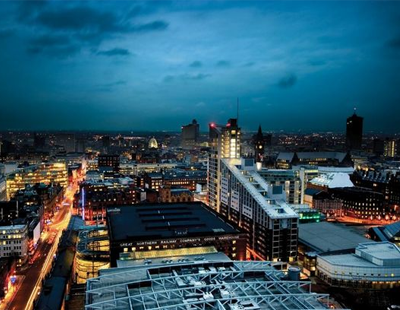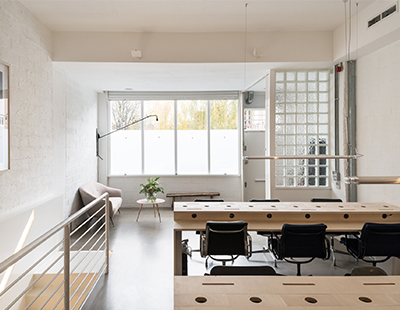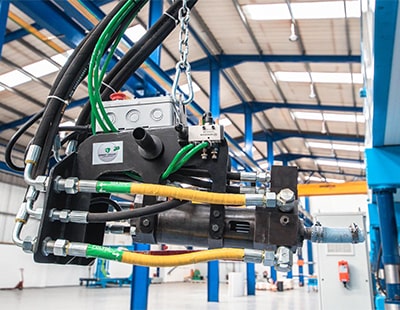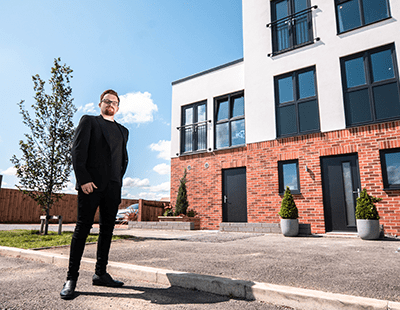
Manchester has become the first place in England to develop more than a third of its Green Belt, analysis of new figures by modular homes developer Project Etopia has revealed.
For the first time, the Ministry of Housing, Communities and Local Government (MHCLG) has published detailed development breakdowns for Green Belts for 185 local authority areas.
Analysis of the data found that 34.3% of Manchester’s Green Belt has already been developed. However, on a national basis, it’s striking just how little part housebuilding has had to play in Green Belt development.
In Manchester, which compares unfavourably with a national average of just 8.4% of Green Belt development, the amount given over to residential buildings is only 0.1%. The lion’s share of the city’s Green Belt (28.2%) is instead occupied by transport and utilities, more than double any other area in England.
When Manchester is taken out of the equation, the average proportion of Green Belt developed among England’s major cities is even lower than the national average at 7.4%.
The largest proportion of residential development in any Green Belt in England is the 2.7% recorded in Mid Sussex.
The above figures show for the first time how residential developments represent a relatively small source of development within Green Belts in individual areas, going against the grain of popular wisdom that it is housing developments which are most guilty of infringing on protected space.
In fact, the average proportion of Green Belt taken up by residential development across England is a measly 0.28%, compared with the 4.6% occupied by transport and utilities.
Looking at overall development, Wolverhampton follows behind Manchester, with 27.1% of its Green Belt developed on (0.4% residential). Blackpool, meanwhile, is in third place, with development on 23.4% of its Green Belt (0.1% residential). But these three places are the only ones in England to develop more than 20% of their Green Belts.
On Friday, MHCLG revealed how the proportion of homes built on Green Belt land had halved in 12 months, while the number of new residential addresses built on previously developed land had dropped by three percentage points to 53%.
“The country faces a huge dilemma when it comes to where it builds the huge backlog of homes it needs but the most major threats to Green Belt are not presented by residential developments,” Joseph Daniels, chief executive of Project Etopia, said.
“What these figures show is that there are huge opportunities to use sites that are already developed where provision of homes within Green Belts is truly unavoidable.”
He added: “What is surprising is the range in outcomes nationally. Different areas are resorting to developing the Green Belt to hugely varying degrees.
“This may indicate a more strategic approach at a national level is required. One answer may be to accelerate plans for new towns to ensure housing need isn’t a burden placed solely on the shoulders of those towns and cities that already exist in the expectation they can grow indefinitely.”









.png)










Join the conversation
Be the first to comment (please use the comment box below)
Please login to comment